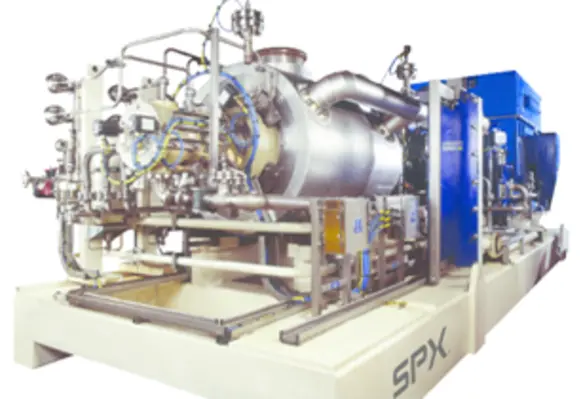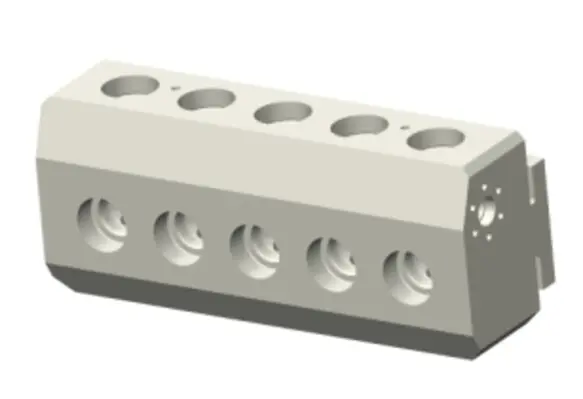Houston-headquartered Fairfield Geotechnololgies has announced to begin an extensive Z700 acquisition project in the Gulf
Technology
Honeywell launches new gas metering system
Honeywell has launched a new gas metering solution to provide health monitoring of midstream metering systems for operations, maintenance and leadership teams
Emerson’s Paradigm™ 18 software to accelerate reservoir model development
Emerson has announced the release of the Paradigm™ 18 integrated software solution suite, running on a unifying platform for generating high-resolution images and models of the subsurface
SPX FLOW extends total pumping solutions across industries, including oil and gas
With ClydeUnion Pumps, SPX FLOW Inc, global manufacturer of industrial equipment, aims to provide total pumping solutions in demanding markets such as oil exploration, refining and distribution, water treatment and distribution, desalination and other industrial processes
Caterpillar’s new Cat® fluid end design extends block life by 50 per cent
Caterpillar Oil & Gas has launched new Cat® Cube Bore well stimulation technology which aims to extend block life by 50 per cent or more










